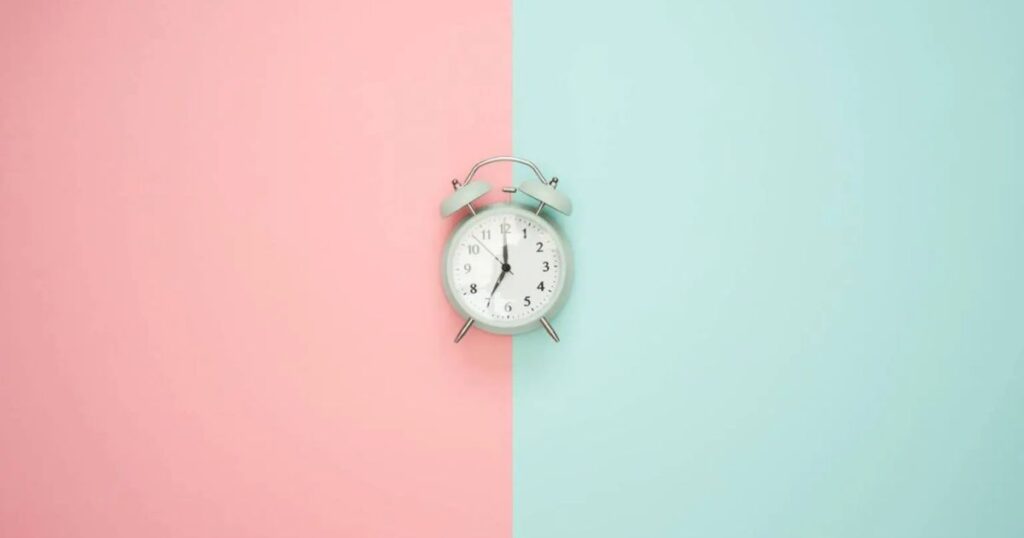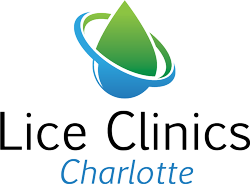How Long Does It Take To Get Rid of Lice?

When it comes to dealing with lice, time is of the essence. These tiny parasites can wreak havoc on our lives, causing discomfort, itchiness, and embarrassment. As anyone who has experienced a lice infestation knows, getting rid of these persistent critters is a top priority. But how long does it actually take to eliminate lice completely? In this blog, we will delve into the factors that influence the duration of lice treatment, discuss effective strategies, offer tips to expedite the process, and address common concerns surrounding lice infestations.
Understanding the Life Cycle of Lice
To comprehend how long it takes to eradicate lice, it is essential to understand their life cycle. Lice undergo three stages: eggs (nits), nymphs, and adults. Female lice lay eggs near the scalp, which hatch within 7 to 10 days. Nymphs emerge and mature into adult lice within another 7 to 10 days. Once adults, they live for about 30 days and reproduce, continuing the cycle. This information is crucial because effective treatment should target all stages of lice to ensure complete eradication.
Factors Influencing Treatment Duration
To answer the question, of how long does it take to get rid of lice, one must understand that several factors impact the length of time required to eliminate lice entirely. These include:
Severity of Infestation: The more severe the infestation, the longer it typically takes to eradicate lice completely. Extensive infestations often require multiple treatment sessions and more rigorous measures to ensure success. It’s important to remember that lice spread easily, so early detection and treatment are key to preventing a full-blown infestation.
Treatment Method: The method chosen to treat lice plays a significant role in determining the duration of treatment. Over-the-counter treatments, prescription medications, or natural remedies may have varying effectiveness and recommended application periods. Some treatments require multiple applications to target lice at different stages of their life cycle. It’s advisable to consult a healthcare professional to determine the most suitable option for your specific situation.
Consistency and Compliance: Following the recommended treatment protocol consistently is crucial. Failure to do so can prolong the infestation as lice may develop resistance to certain treatments or survive if not thoroughly eradicated. It’s important to strictly adhere to the instructions provided with the treatment product and complete the entire course as directed. Additionally, diligently combing the hair to remove lice and nits is essential for successful treatment.
Effective Strategies for Lice Removal
While lice infestations can be stubborn, effective strategies can help speed up the elimination process. Consider the following tips:
Swift Action: As soon as lice are discovered, take immediate action. Prompt treatment can prevent lice from spreading further and minimize the time required for eradication. Inspect the hair and scalp regularly, especially in children, to catch infestations early.
Thorough Cleaning: Wash all recently worn clothing, bed linens, and personal items in hot water, followed by high-heat drying. Vacuuming upholstery, mattresses, and car seats can also help remove any stray lice or eggs. Additionally, it is important to seal infested items that cannot be washed (such as stuffed animals) in plastic bags for at least two weeks to suffocate any remaining lice.
Combing: Regularly comb the hair with a fine-toothed lice comb to remove lice and nits. This process should be repeated every few days to catch any newly hatched lice. Wetting the hair with conditioner or a specialized lice treatment solution can make combing easier and more effective. Ensure that you comb the hair thoroughly from the scalp to the ends of the hair strands.
Treatment Products: Consult a healthcare professional or pharmacist to determine the most appropriate treatment product for your situation. Follow the instructions carefully, ensuring the entire head is treated and reapplication, if necessary, is done within the recommended time frame. Some treatments may require a second application after a certain period to kill newly hatched lice. Avoid using excessive amounts of treatment products, as this can be harmful.
Environmental Measures: Lice can survive away from the scalp for up to 48 hours. To prevent re-infestation, consider disinfecting items that may have come into contact with lice, such as combs, brushes, and hats. Machine-washable items should be cleaned using hot water and high-heat drying. Non-washable items can be sealed in plastic bags or placed in the freezer for a few days to kill any remaining lice or nits.
Education and Prevention: Educate yourself and your family members about lice and how they spread. Encourage children to avoid sharing personal items like combs, brushes, hats, and headphones with others. Regularly check for lice in family members, particularly if there are reports of lice infestations in the community or school. Taking preventive measures, such as tying back long hair and avoiding head-to-head contact, can reduce the risk of lice infestations.
Addressing Common Concerns
Dealing with lice infestations can be overwhelming, and many individuals have common concerns. Here are some important points to consider:
Reinfestation: It is possible to be reinfested with lice after successfully eliminating them. To minimize the risk, it’s crucial to follow proper cleaning and prevention measures and regularly check for lice in family members.
School Policies: Schools often have guidelines regarding lice infestations. It’s essential to familiarize yourself with these policies and communicate with school officials if necessary. Some schools may require a child to be lice-free before returning to class.
Emotional Impact: Lice infestations can have emotional effects on individuals, particularly children. It’s important to provide reassurance, support, and open communication to help alleviate any feelings of embarrassment or distress.
Getting rid of lice requires patience, diligence, and adherence to proper treatment protocols. While the duration of treatment varies depending on the severity of the infestation and the chosen method, a comprehensive approach that includes thorough cleaning, regular combing, and appropriate treatment products will hasten the elimination process. Remember, early detection and swift action are crucial in preventing the spread of lice. By following these strategies and addressing common concerns, you can bid farewell to lice and restore comfort and peace of mind.
Who Can I Contact For Help?
Lice Clinics Charlotte is a leader in lice treatment. We are your one-stop shop for lice removal and have been helping families get rid of lice quickly and effectively. With our location in Charlotte, NC lice treatment is not far away. Contact us today!
